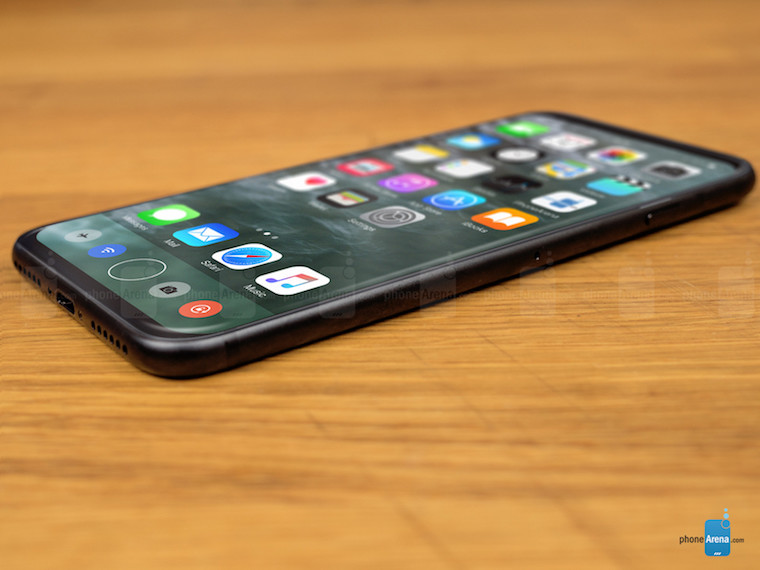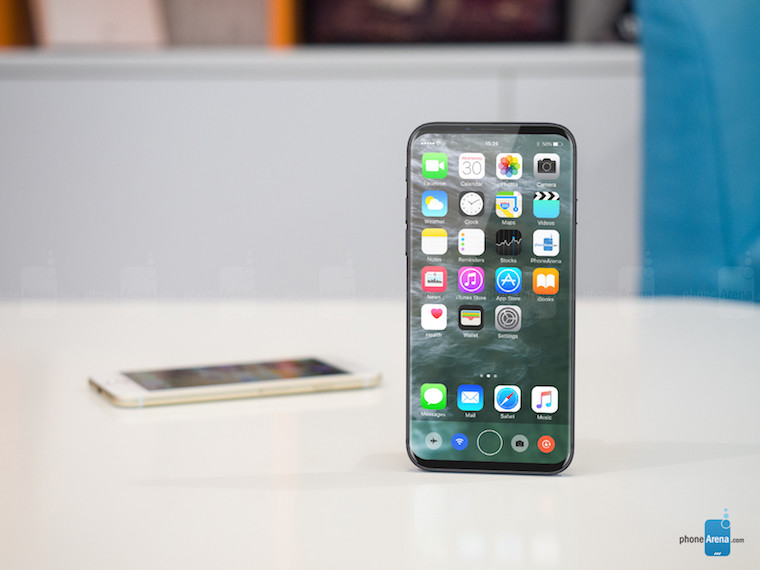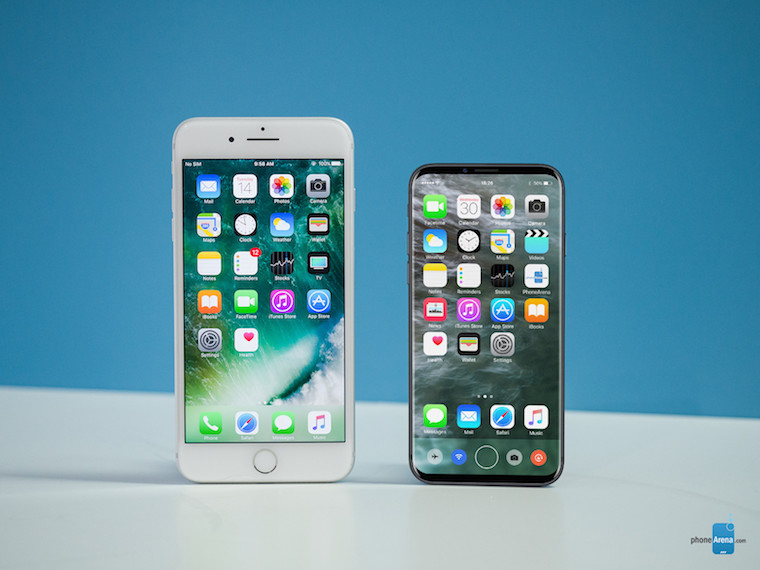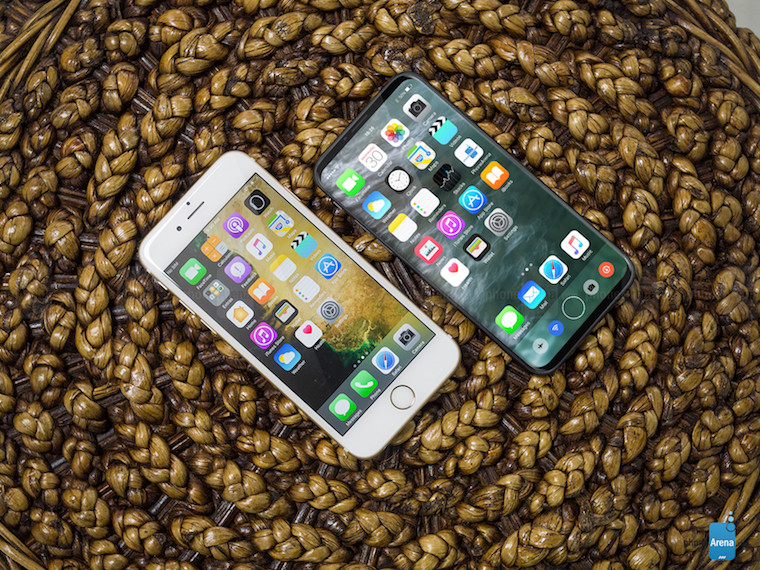Based on information from reports circulating across by Chinese media, Apple is considering making a special iPhone designed for the Chinese market. Apparently, the unique model should not have Face ID and should offer Touch ID instead of the facial recognition function. In addition, the fingerprint sensor should most likely be built into the display.

Although the development of a different iPhone model specifically for China may seem absurd at first glance, it is not entirely improbable as a result. In the past, Apple has already proven several times that its share of the Chinese market is crucial for it and, for example, offers the iPhone XS (Max) and iPhone XR here in a version with support for two physical SIM cards, which is not sold anywhere else in the world - the standard models support SIM and eSIM.
The new iPhone should primarily compete with phones from domestic brands Oppo and Huawei. It was the two mentioned that took over Apple's significant share and gained a privileged position in the Chinese smartphone market. Considering the fact how key Chinese customers are for Apple, it is quite understandable that the Californian giant has a tendency to reverse the trend of declining sales and get them back into the black. In addition to last year's iPhone XS and XR with support for two physical SIMs, they should also have helped him to do this various discount events, which he launched in recent months. But none of the strategies worked very well.
It could be interest you
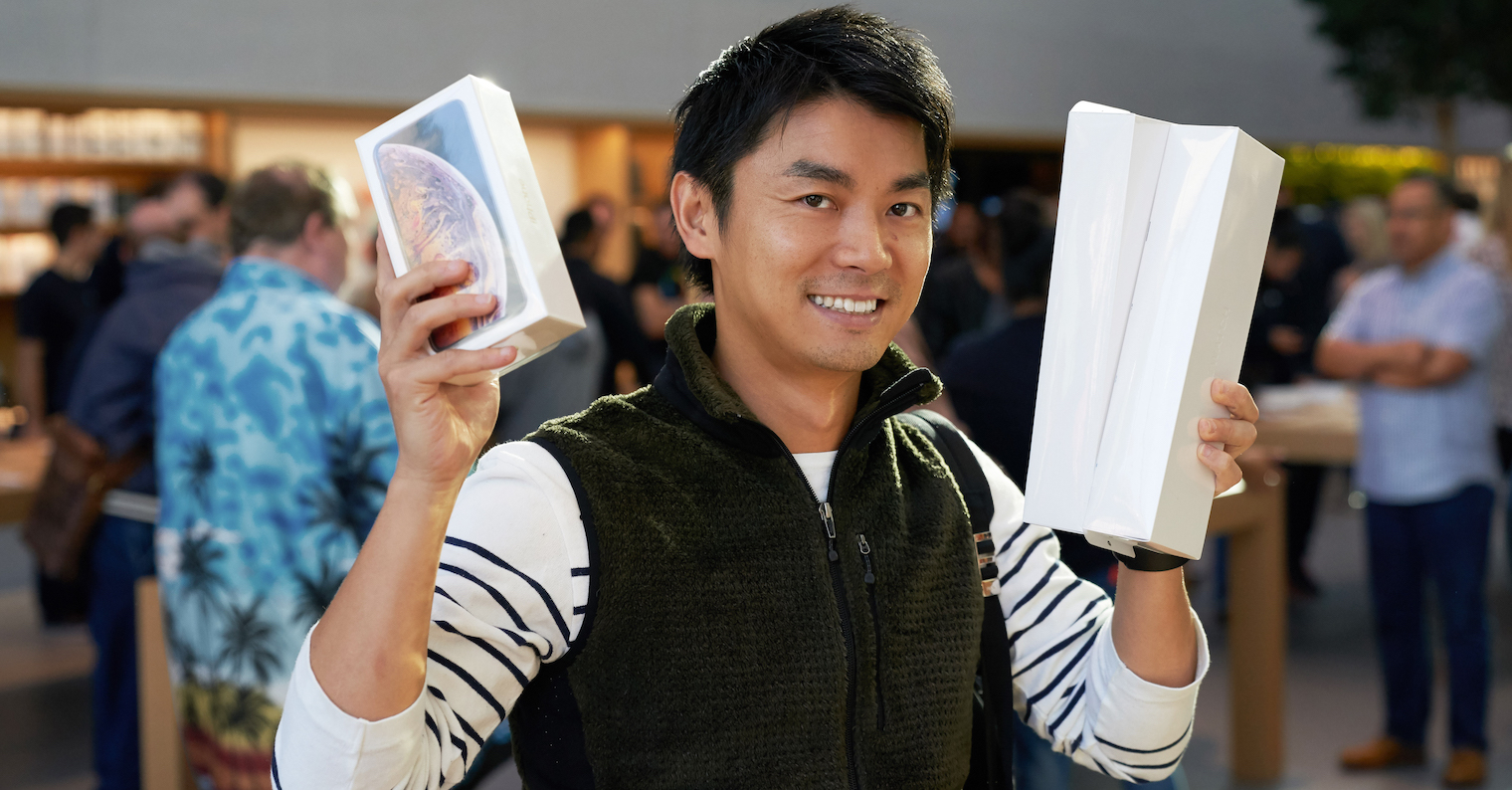
Back to Touch ID instead of Face ID
Maybe that's why Apple is reportedly toying with the idea of designing a special iPhone for China. The already mentioned absence of Face ID should reduce production costs, and the company could therefore offer Chinese customers a phone with a lower price tag than before, but at the same time with not particularly worse parameters. Instead of the facial recognition function, Apple engineers are to reach for the previously used method of biometric authentication - a fingerprint sensor, which, according to reports from Chinese media, should be built into the display.
However, even from a layman's point of view, placing Touch ID in the display does not appear to be an ideal solution when trying to reduce production costs. Building a fingerprint sensor into the display will be about as expensive as equipping the phone with the sensors needed for Face ID. After all, for this reason as well, there was an assumption that Touch ID could be placed on the back of the phone, which, of course, would not correspond very well with Apple's philosophy, and from the point of view of experts and customers, it would rather be a step backwards.
Design of an iPhone with Touch ID in the display:
Apple has played with Touch ID in the display in the past
On the other hand, this is not the first time we hear that Apple is toying with the idea of implementing Touch ID in the display. Even before the launch of the iPhone X, he was considering this step along with the deployment of Face ID. In the end, he decided to only offer a facial recognition method in the phone, which not only avoided various problems, but above all could reduce the cost of manufacturing the phone.
In any case, Apple is still working on the development of the fingerprint sensor in the display, which is also proven by the various patents that the company has registered in recent months. For example, engineers came up with a solution that would allow fingerprint scanning to work across the entire surface of the display, which would represent a revolution in the field of smartphones – current readers in displays are able to recognize a fingerprint only when a finger is placed on a marked spot.
It could be interest you

Either way, if an iPhone with Touch ID in the display specifically for the Chinese market is really planned, we won't see it premiere this year. Basically, all analysts, led by Ming-Chi Kuo, repeatedly agree that Apple will introduce the traditional successors to the iPhone XS, XS Max and XR this year, which will get an additional camera and other specific innovations.
source: 9to5mac
